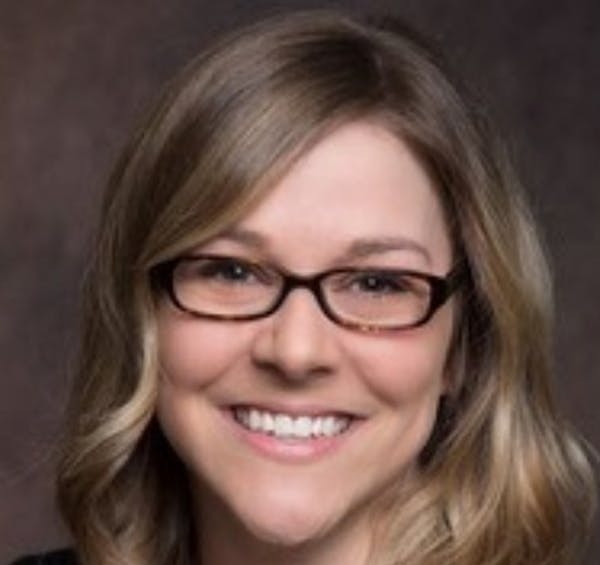Ramsey County, partnering with cities and nonprofits, is using some tax-forfeited properties to create affordable homes and apartments for lower-income families.
This fall, the county sold three tax-forfeited vacant lots in St. Paul neighborhoods for 25% of the market value to St. Paul's Housing and Redevelopment Authority, which, in turn, is working with Twin Cities Habitat for Humanity to build new homes.
Habitat has two years to build homes on the property on Woodbridge Street, Jenks and Fuller avenues and sell them to families making less than 80% of the median household income.
The county has sold tax-forfeited properties at a discount to create more affordable housing about 50 times since 2013, selling real estate valued at more than $1.5 million for a little less than $400,000.
"Ramsey County commissioners just get it when it comes to affordable housing," said Mike Nelson, Habitat's director of land development, noting that Ramsey is the only metro county collaborating with the charity in this way. "We've talked to [other] counties and they are not interested."
Ramsey County has collaborated with the cities of St. Paul, Roseville, Mounds View and White Bear Lake as well as a handful of housing nonprofits to turn those vacant lots and sometime dilapidated structures into new homes.
County commissioners first agreed to the discounted sales in 2013, when the city of North St. Paul approached them looking to buy a forfeited lot so construction trades students could build an affordable home on it.
While most tax-forfeited properties go up for auction with proceeds going into a specific maintenance fund, under state statute, the county can sell it directly to another government entity for affordable housing, said Ramsey County Auditor Chris Samuel.
That's why cities' Housing and Redevelopment Authorities (HRAs) are key partners that either develop the properties or sell the land to Habitat and other nonprofits, including the East Side Neighborhood Development Co. and the Greater Frogtown Community Development Corp.
There have been about 50 owner-occupied, affordable single-family homes built or rehabbed since the program started.
In 2017, the county expanded the program to multifamily rentals, and a 60-unit affordable apartment complex was built on formerly tax-forfeited land in Mounds View.
"There is a recognition that there is a need for affordable homeownership and affordable rentals," Samuel said. "There is a place for both and we need to support both."
The county initially toyed with the idea of simply giving some of the tax-forfeited properties to nonprofits but didn't want charities to stockpile properties. Charging 25% ensures they "have some money in the game," Samuel said.
The nonprofits, working through city HRAs, must present a specific development plan and complete that plan within two years. The county also places income restrictions on who can buy or rent the finished homes.
Nelson said the property discount helps Habitat stretch its dollars and create more affordable housing. This program has also helped them to sprinkle affordable homes throughout the city.
"We are going to be building a house in Cathedral Hill," Nelson said. "Quite frankly, we've never done a home in that neighborhood."
Carolyn Parnell, 'trailblazer' who served as Minnesota's first IT commissioner, dies


